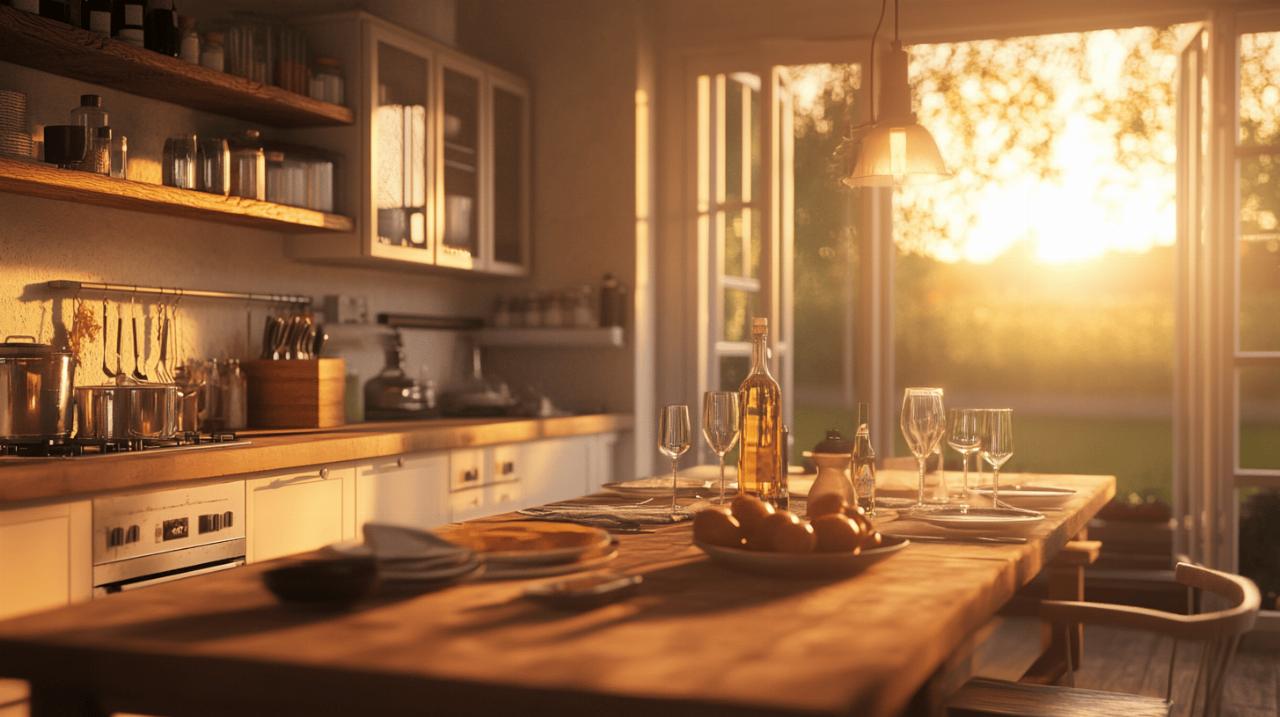When undertaking home improvement projects, incorporating energy efficiency measures not only enhances comfort but also delivers substantial long-term savings. Modern homeowners are increasingly recognizing that energy-conscious renovations represent both smart financial investments and responsible environmental choices. The growing focus on sustainable living has made energy efficiency a central consideration rather than an afterthought in home improvement planning.
Smart insulation choices
Proper insulation forms the foundation of an energy-efficient home, creating a thermal envelope that maintains comfortable indoor temperatures year-round. The energy experts at Kamerolli Construction recommend starting with a comprehensive assessment of your current insulation to identify weaknesses before beginning any improvement project. Quality insulation can dramatically reduce heating costs, with recent studies indicating that effective loft insulation alone can save homeowners up to £445 annually, while cavity wall insulation could reduce energy bills by £485 per year for a detached house.
Selecting the Right Materials for Maximum Heat Retention
The insulation market offers numerous options, each with distinct advantages for different areas of your home. Fiberglass remains popular for its affordability and versatility, while foam board provides excellent thermal resistance in limited spaces. For environmentally conscious renovations, natural materials like sheep wool and cellulose offer sustainable alternatives with impressive thermal properties. The key is matching the insulation type to the specific requirements of each area in your home, considering factors such as moisture exposure, fire resistance, and installation complexity.
Strategic Placement to Eliminate Cold Spots and Draughts
Beyond material selection, strategic insulation placement significantly impacts energy efficiency. Professional draught proofing can save approximately £85 annually in Great Britain and £95 in Northern Ireland. Focus on common problem areas like attics, where heat naturally rises, and basement ceilings, which often allow cold air infiltration. Windows and doors represent major sources of heat loss, making proper sealing essential. Even small measures like fitting draught excluders to letterboxes and keyholes can contribute to meaningful energy savings. Consider upgrading to thermal curtains and blinds for additional insulation during colder months.
Energy-saving lighting solutions
 Lighting accounts for a significant portion of residential electricity consumption, making it a prime target for efficiency improvements. Thoughtful lighting design combines technology with strategic placement to reduce energy usage without compromising visibility or ambiance. Simply developing the habit of turning off lights when leaving rooms can save around £8 annually in Great Britain and £9 in Northern Ireland. These modest individual savings accumulate substantially when applied consistently throughout your home.
Lighting accounts for a significant portion of residential electricity consumption, making it a prime target for efficiency improvements. Thoughtful lighting design combines technology with strategic placement to reduce energy usage without compromising visibility or ambiance. Simply developing the habit of turning off lights when leaving rooms can save around £8 annually in Great Britain and £9 in Northern Ireland. These modest individual savings accumulate substantially when applied consistently throughout your home.
Led integration throughout your living spaces
Transitioning to LED lighting represents one of the most straightforward yet effective energy efficiency upgrades. Modern LEDs consume up to 90% less electricity than traditional incandescent bulbs while lasting significantly longer. Although the initial investment might be higher, the reduced replacement frequency and lower energy consumption deliver considerable long-term savings. For optimal results, choose LEDs with appropriate brightness levels and color temperatures for each room, considering that warmer tones create cozy atmospheres in living areas while cooler lights enhance focus in workspaces.
Maximising natural light with clever design
Harnessing natural light reduces electricity consumption while creating more inviting living spaces. Strategic window placement during renovations can dramatically increase daylight penetration. Consider installing larger windows on south-facing walls where sunlight exposure is greatest. For existing homes, reflective surfaces like light-colored walls and strategically placed mirrors can amplify available natural light. Light shelves, which are horizontal surfaces positioned above eye level, can redirect sunlight deeper into rooms. During warmer months, proper window treatments help balance natural light benefits with heat management, preventing excessive solar gain that could increase cooling costs.
